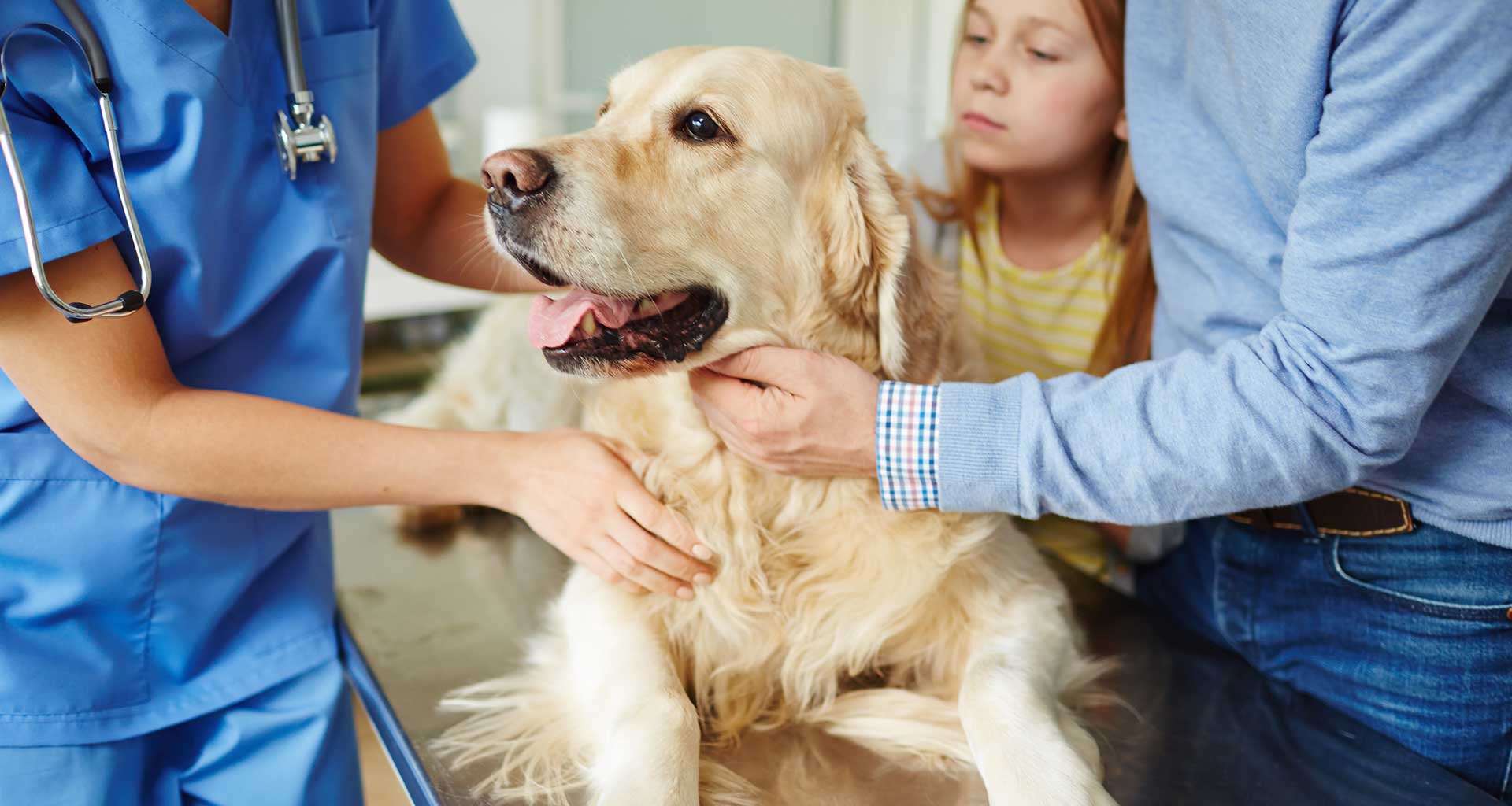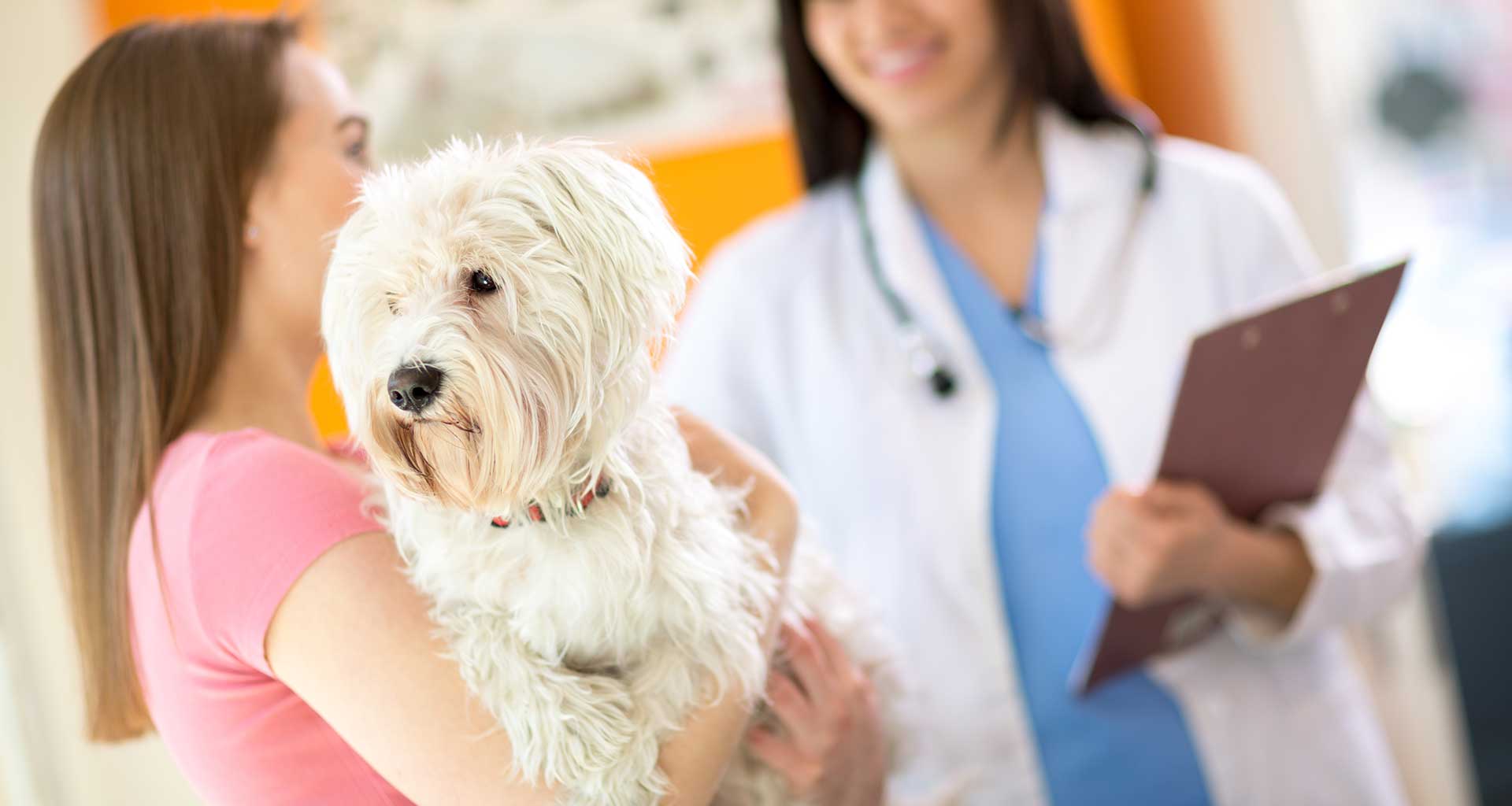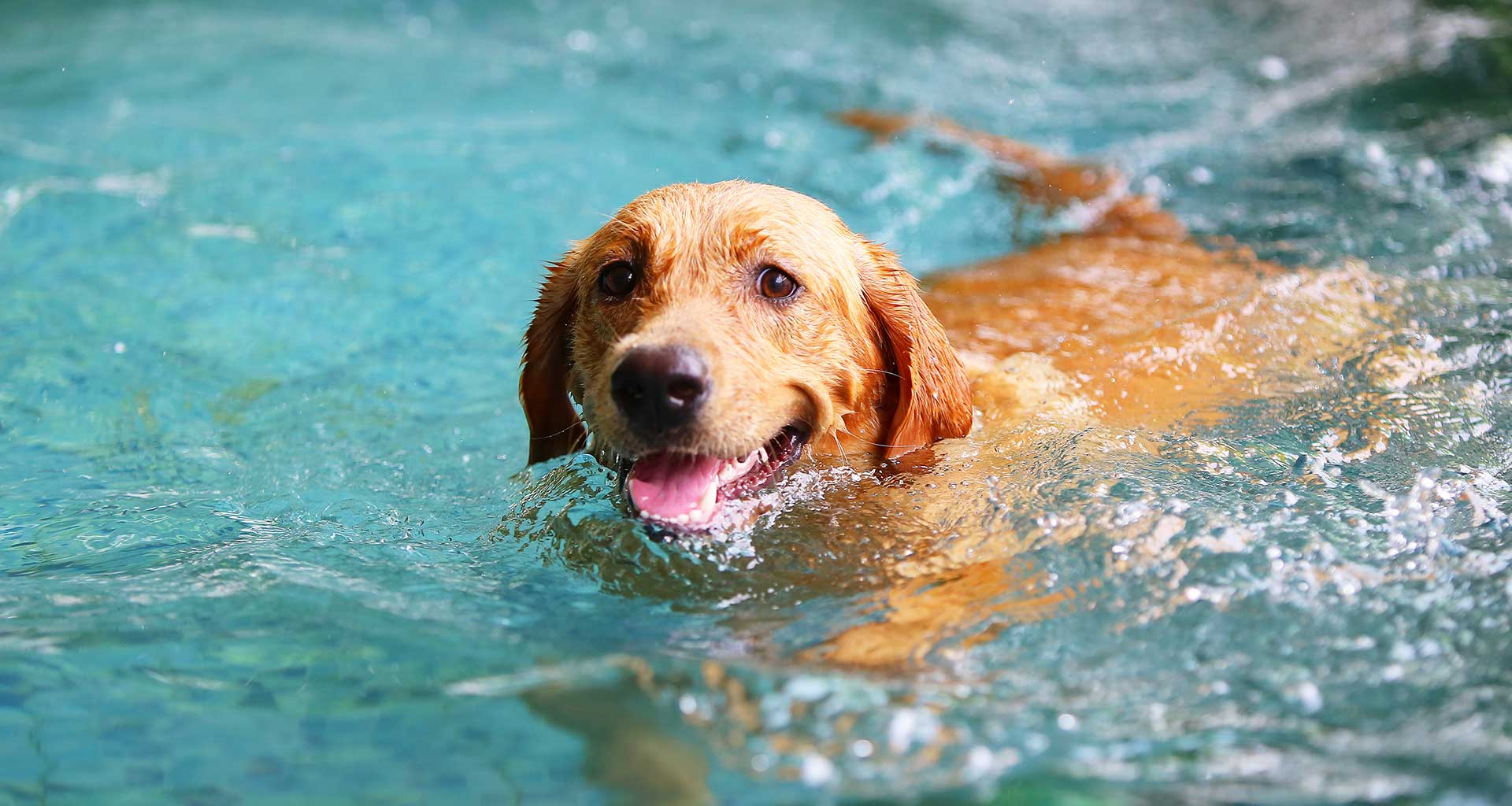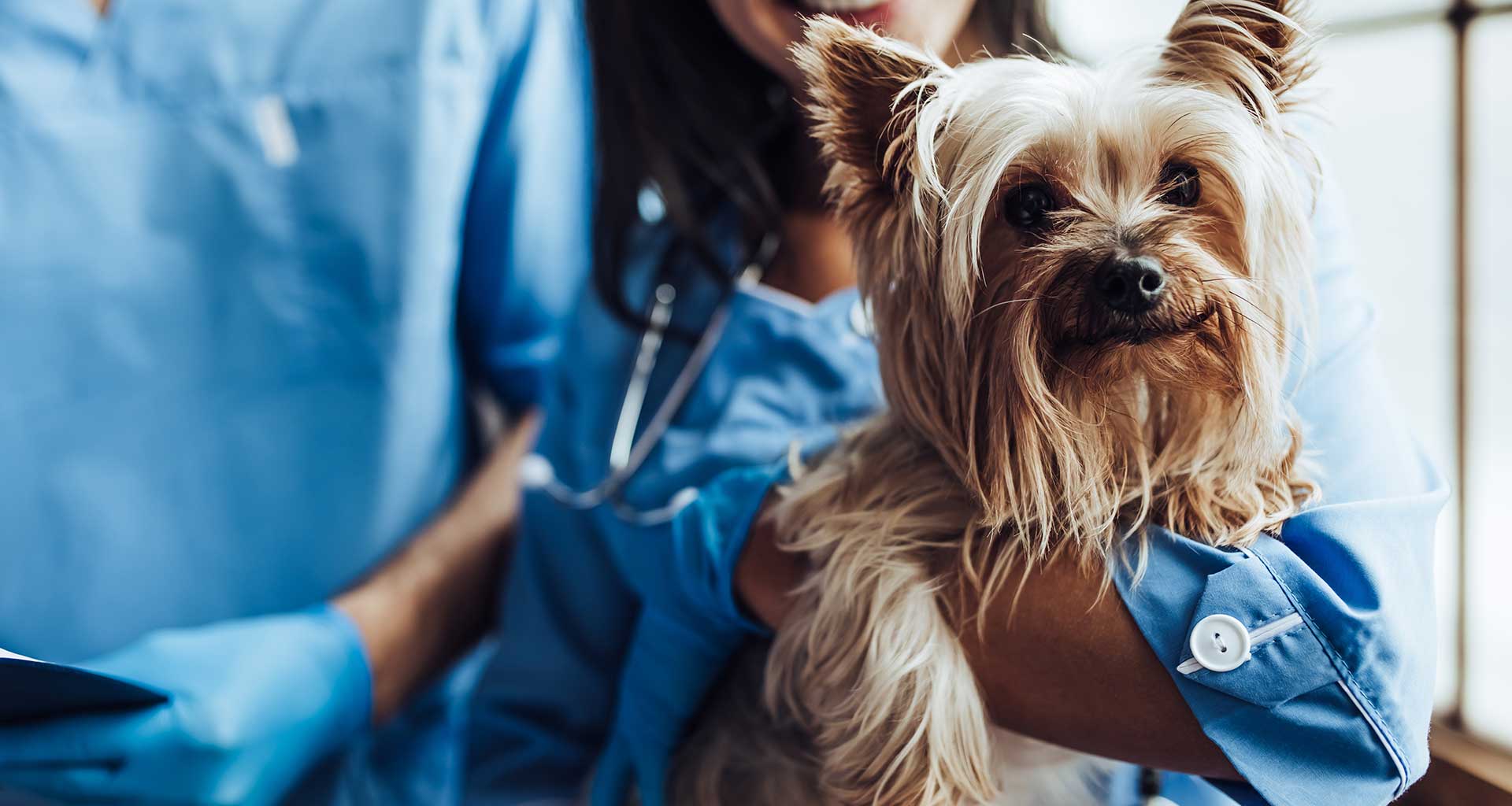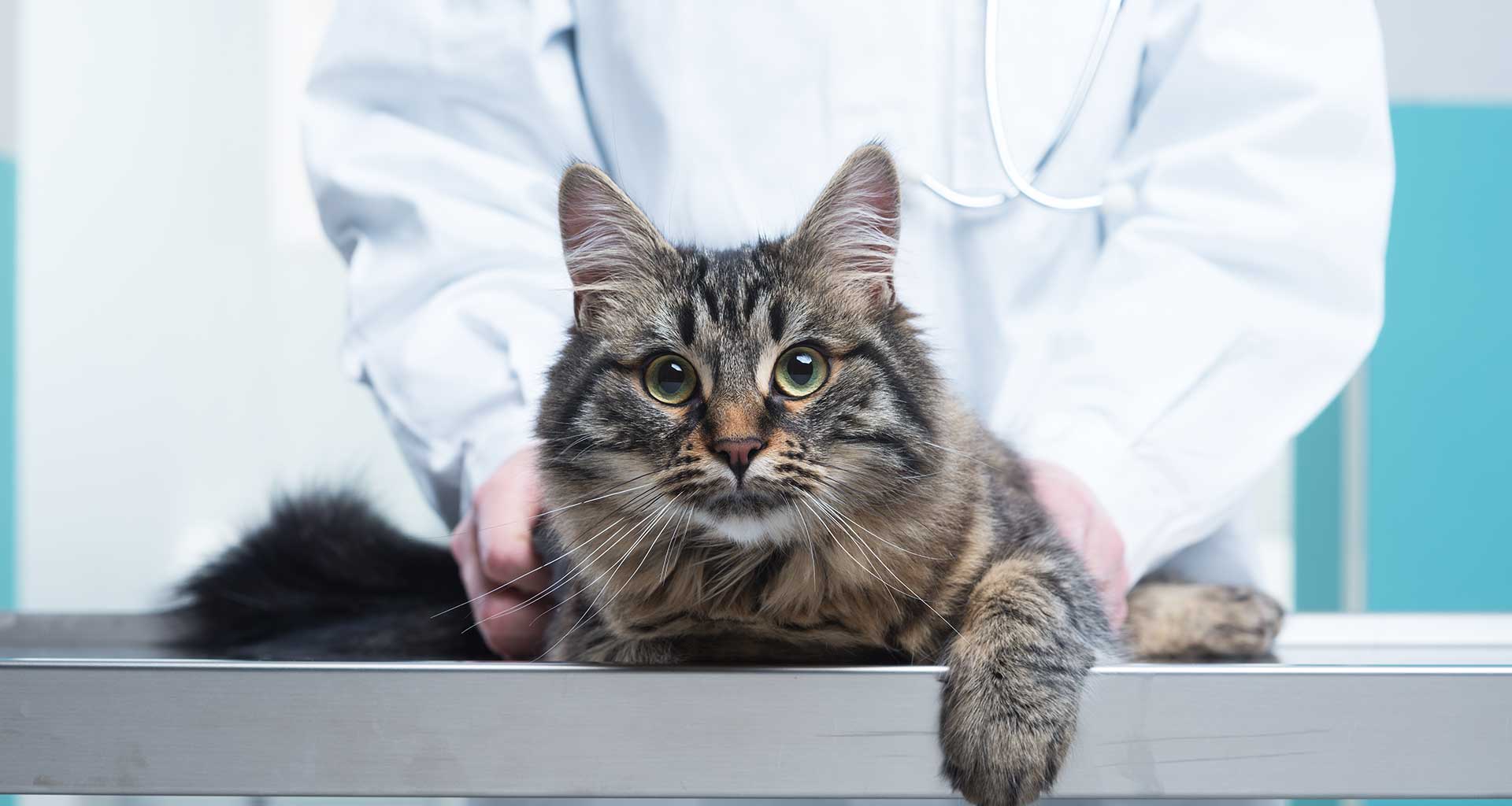Pets: Orthopaedic Surgery
Orthopaedic surgery in pets is the medical and surgical specialty that focuses on the diagnosis and treatment of musculoskeletal issues, including fractures, congenital malformations and acquired disorders. This type of surgery often involves specialised instruments, such as joint replacements, internal fixation devices and fracture reduction systems. It may also involve extensive soft tissue reconstruction to restore function and improve quality of life in affected animals.
Pets can suffer from many of the same orthopaedic conditions as humans, ranging from ligament tears and joint dislocations to fractures and spinal disease. Orthopaedic surgery is a common way to treat these conditions, allowing pets to return to their normal activities with improved mobility.
Orthopaedic surgeries involve correcting musculoskeletal abnormalities in animals by repairing or replacing damaged tissue. Procedures may include joint replacements, cartilage grafts, bone realignment, or spinal stabilisation techniques. After surgery is completed, physical therapy and rehabilitation are usually recommended for full recovery. Additionally, medications may be prescribed for post-operative pain management.
Overall, orthopaedic surgery can offer a safe and effective treatment option for pets suffering from orthopaedic conditions while offering them increased comfort and mobility in the long term.
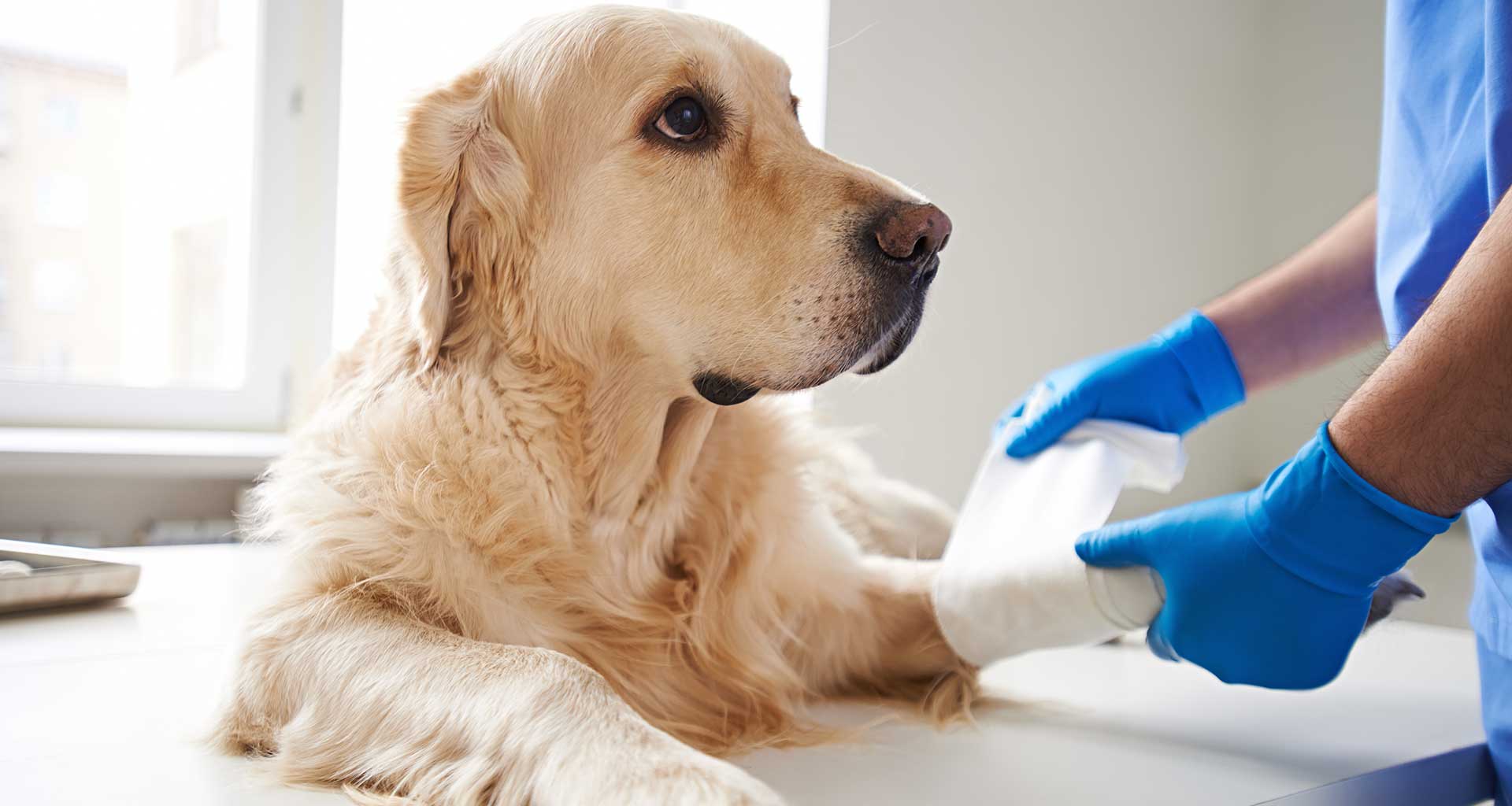
Types of Orthopaedic Surgery
Orthopaedic surgery is an advanced and specialised type of surgery to treat conditions that affect the skeletal system, joints, muscles and ligaments. It involves a variety of treatment options depending on the condition and age of the pet. Types of orthopaedic surgery include fracture repair, spinal fusion, joint replacement, tendon repair and luxation repair.
Fracture repairs are used to stabilise broken bones using plates, screws or pins. Spinal fusions are beneficial for pets with chronic back pain due to intervertebral disc disease or other degenerative conditions in the spine. Joint replacement is a surgical procedure performed when arthritis has caused severe damage to the joint such as hip dysplasia or elbow dysplasia. Tendon repair is done when torn tendons prevent normal mobility and flexibility; this type of injury often occurs during athletic activities such as agility sports.
Here are some examples of the types of orthopaedic surgery available for pets:
- Reconstructive Joint Surgery: Repairs or replaces pieces of bones and joints that have been damaged due to trauma, arthritis or other conditions.
- Soft Tissue Surgery: Repairing ligaments, tendons and muscles that have been affected by accidents, injuries or disease.
- Osteotomy Surgery: Reshaping bones in order to correct deformities such as bowed legs and angular limb deformity.
Benefits of Orthopaedic Surgery
Orthopaedic surgery can offer a variety of benefits to pets.. This type of surgical intervention can help treat orthopaedic conditions such as fractures and joint deformities. In addition to relieving pain and restoring mobility to an affected limb or joint, orthopaedic surgery can also improve the quality of life for pets with chronic conditions.
The decision to move forward with an orthopaedic procedure should not be taken lightly. An experienced veterinary surgeon will consider several factors when determining whether or not your pet is a good candidate for this type of surgery, including age, lifestyle and any underlying medical issues that may complicate the procedure.
Orthopaedic surgery is a great way to help improve the quality of life for your pet. It can provide relief from pain and promote better mobility. Here are some of the benefits of orthopaedic surgery for pets:
- Reduced Pain: Orthopaedic surgery can help relieve joint pain caused by conditions such as arthritis or ligament damage, improving your pet’s comfort and mobility levels.
- Improved Mobility: Orthopaedic surgeries can be used to correct bone deformities and improve range of motion in limbs, helping your pet move around more easily without discomfort.
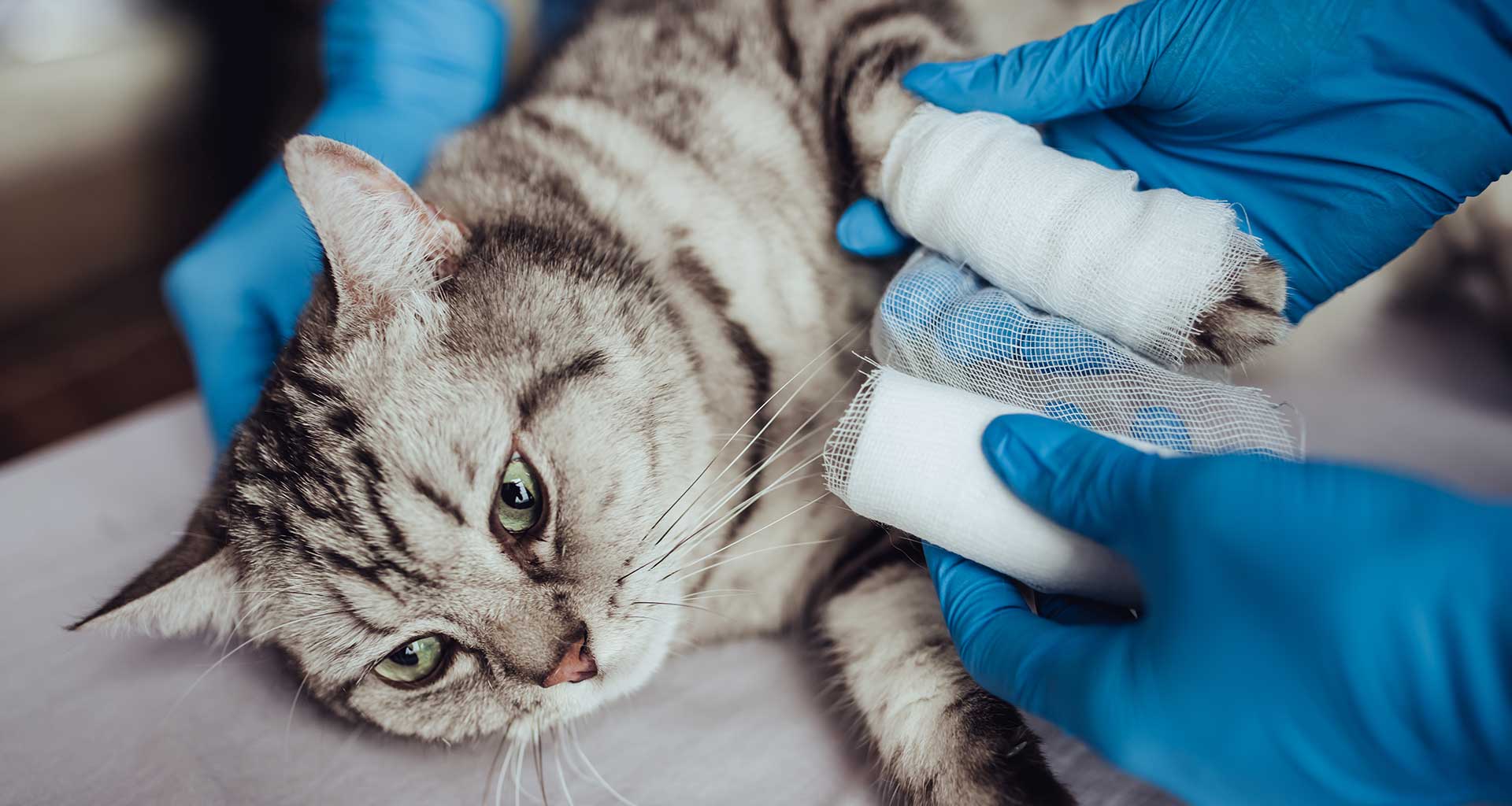
Pre and Post-Surgery Care
Pets, just like their owners, often need orthopaedic surgery for a variety of medical conditions. For those with pets who have been advised to undergo this type of surgery, it is important to know what pre and post-surgery care is necessary.
- Prior to the surgery, ensure that your pet is in good health. Have them examined by a veterinarian and make sure all vaccinations are up-to-date. Consult with a vet to ascertain whether your pet is a good candidate for an operation, and if so, to determine the best way forward in terms of pre-operative care.
- Research the procedure and be sure you understand the risks involved with any kind of surgical procedure
- After the surgery, provide plenty of rest and comfort for your pet as they recover from their operation; avoid strenuous activity or exercise during this time period. Follow all post-surgical instructions from your vet carefully. These can include administering medication, avoiding strenuous activity and keeping follow up appointments with the vet for checkups or additional treatments if necessary.
Orthopaedic surgery is an important part of maintaining a healthy pet. It can help improve mobility, reduce pain and discomfort, and even prolong the life of your pet. While it may involve certain risks, these risks can be minimised by working with experienced veterinarians who understand the importance of both pre- and post-operative care. In addition to medical management, owners should also consider providing physical therapy exercises to their pets to ensure optimal outcomes following orthopaedic surgery.
